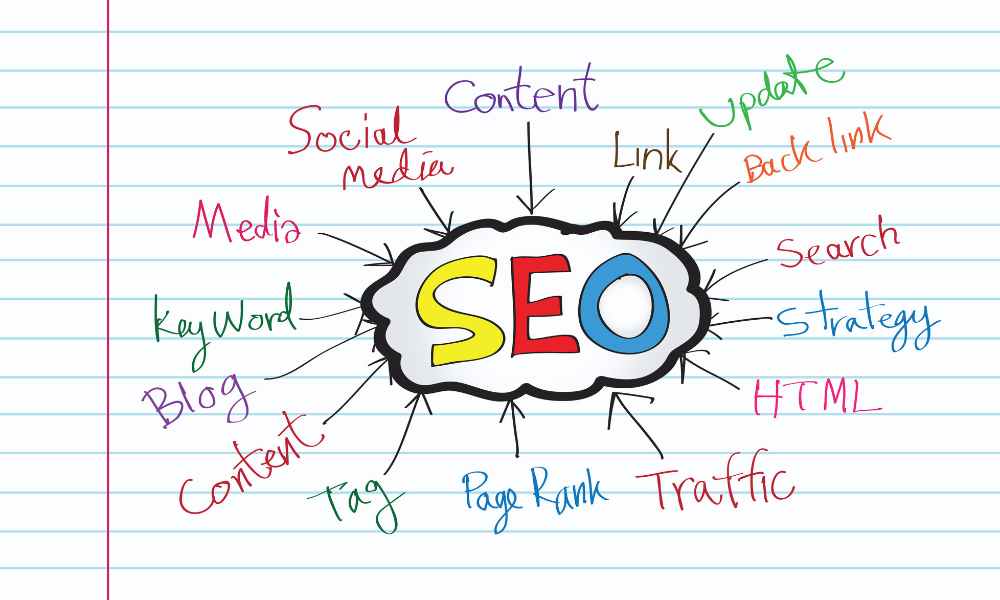Search Engine Optimization for E-Commerce: Boosting Online Store Performance
Search Engine Optimization for E-Commerce: Boosting Online Store Performance

In the competitive world of e-commerce, standing out from the crowd is crucial for success. One of the most effective ways to enhance your online store’s visibility and drive more traffic is through Search Engine Optimization (SEO). Implementing SEO strategies can significantly boost your online store’s performance, improve its ranking on search engine results pages (SERPs), and ultimately increase sales. In this comprehensive guide, we’ll explore key SEO techniques specifically tailored for e-commerce websites and how they can help elevate your store’s performance.
Understanding the Importance of SEO for E-Commerce
SEO is a set of practices aimed at optimizing your website to rank higher in search engine results. For e-commerce stores, effective SEO is crucial for several reasons:
- Increased Visibility: High rankings in search results drive more organic traffic to your store. Since a significant percentage of users click on the top search results, appearing at the top of SERPs can lead to more visits and potential sales.
- Cost-Effectiveness: Unlike paid advertising, SEO offers a long-term, cost-effective strategy for driving traffic. Once your site starts ranking well, the ongoing cost is significantly lower compared to continuous ad spend.
- Enhanced User Experience: SEO involves optimizing various aspects of your site, including speed, navigation, and mobile-friendliness. These improvements contribute to a better user experience, which can lead to higher conversion rates.
- Competitive Edge: Effective SEO can give you an edge over competitors who may not be leveraging SEO to its full potential. By ranking higher, you’re more likely to capture the attention of potential customers.
Conducting Keyword Research for E-Commerce
Keyword research is the foundation of any successful SEO strategy. For e-commerce sites, it involves identifying the search terms and phrases potential customers use when looking for products you offer. Here’s how to approach keyword research:
- Identify Relevant Keywords: Start by brainstorming keywords related to your products. Consider product names, categories, and common synonyms.
- Use Keyword Tools: Leverage tools like Google Keyword Planner, SEMrush, or Ahrefs to discover additional keywords. These tools provide data on search volume, competition, and related terms.
- Analyze Competitors: Examine the keywords that competitors are targeting. This can provide insights into effective keywords and help you identify gaps in your own strategy.
- Focus on Long-Tail Keywords: Long-tail keywords are more specific phrases that often have lower competition but can attract highly targeted traffic. For example, “organic cotton baby clothes” is a long-tail keyword compared to just “baby clothes.”
On-Page SEO Techniques for E-Commerce
On-page SEO refers to optimizing individual pages on your website to improve their search engine rankings. For e-commerce sites, this involves several key elements:
- Title Tags and Meta Descriptions: Craft unique and descriptive title tags and meta descriptions for each product page. Incorporate relevant keywords naturally, and ensure they are compelling to encourage clicks.
- Product Descriptions: Write detailed and engaging product descriptions that include targeted keywords. Avoid duplicate content and provide valuable information that helps users make informed purchasing decisions.
- URL Structure: Use clean, descriptive URLs that include keywords. For example, instead of a URL like “/product12345,” use “/organic-cotton-baby-clothes.”
- Image Optimization: Optimize images by using descriptive file names and alt text. This not only helps with SEO but also improves accessibility for visually impaired users.
- Internal Linking: Implement internal links to related products or categories. This enhances navigation and helps search engines understand the structure of your site.
Technical SEO for E-Commerce Sites
Technical SEO focuses on the backend aspects of your site that impact its performance and visibility. For e-commerce stores, important technical SEO elements include:
- Site Speed: Ensure your site loads quickly. Slow load times can lead to higher bounce rates and negatively affect rankings. Optimize images, use caching, and consider a Content Delivery Network (CDN) to improve speed.
- Mobile-Friendliness: With the increasing use of mobile devices, having a mobile-friendly site is essential. Use responsive design to ensure your site looks and functions well on all devices.
- XML Sitemaps: Create and submit XML sitemaps to search engines to help them crawl and index your site more effectively. This ensures that all your product pages are included in search results.
- Secure Site (HTTPS): Implement SSL certificates to secure your site with HTTPS. Google considers site security a ranking factor, and users are more likely to trust a secure site with their personal information.
Off-Page SEO Strategies for E-Commerce
Off-page SEO involves activities outside of your website that impact its search engine rankings. For e-commerce stores, effective off-page SEO strategies include:
- Link Building: Acquire high-quality backlinks from reputable websites. This can improve your site’s authority and ranking. Focus on earning links from industry-related sites, blogs, and influencers.
- Social Media Engagement: Maintain an active presence on social media platforms. Share content, engage with followers, and promote your products to drive traffic and build brand awareness.
- Customer Reviews: Encourage customers to leave reviews on your site and other review platforms. Positive reviews can enhance your credibility and attract more visitors.
- Influencer Partnerships: Collaborate with influencers in your niche to promote your products. Influencers can drive traffic and generate valuable backlinks to your site.
Measuring and Analyzing SEO Performance
To gauge the effectiveness of your SEO efforts, regularly monitor and analyze key metrics:
- Organic Traffic: Track the amount of traffic coming from search engines using tools like Google Analytics. Analyze trends and identify areas for improvement.
- Keyword Rankings: Use ranking tools to monitor your keyword positions. Adjust your strategy based on changes in rankings.
- Conversion Rates: Measure how well your site converts visitors into customers. Identify any obstacles in the purchasing process and make necessary improvements.
- Bounce Rate and Engagement: Analyze metrics such as bounce rate and time on site to assess user engagement. High bounce rates may indicate issues with site content or user experience.
Conclusion
Implementing a robust SEO strategy for your e-commerce store can significantly boost its performance, increase visibility, and drive more traffic. By focusing on keyword research, on-page and technical SEO, off-page strategies, and ongoing performance analysis, you can enhance your online store’s search engine rankings and ultimately achieve greater success in the competitive e-commerce landscape. Start optimizing today to take your online store to new heights!








